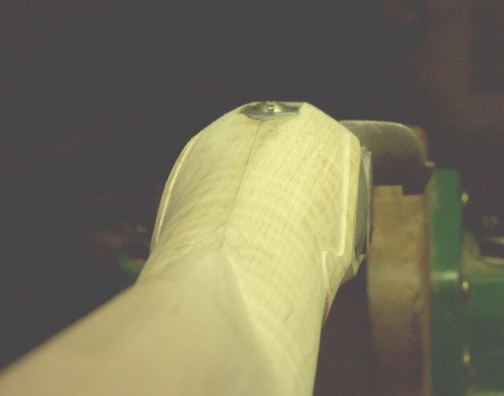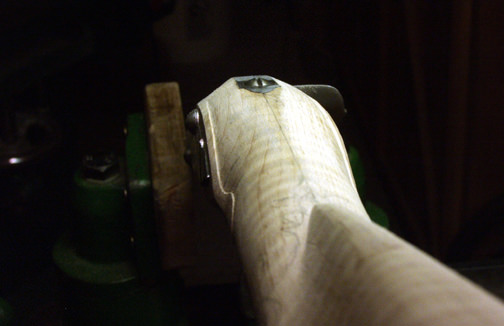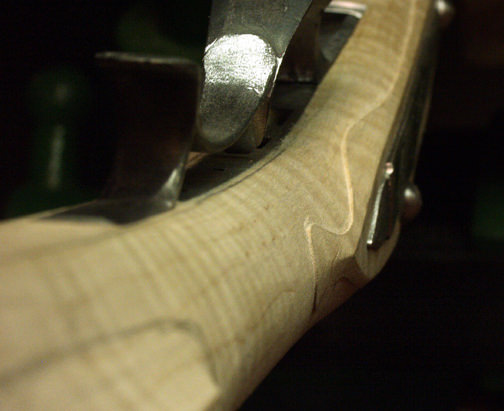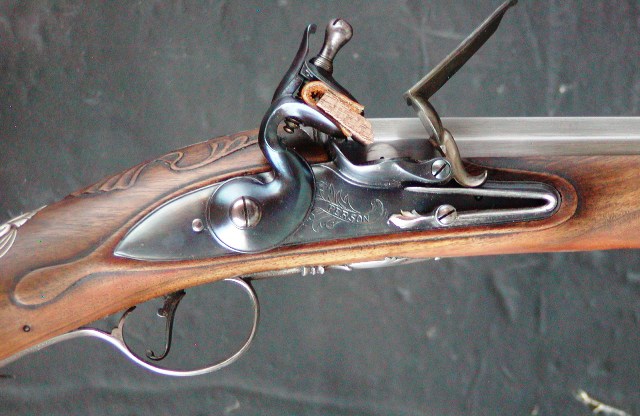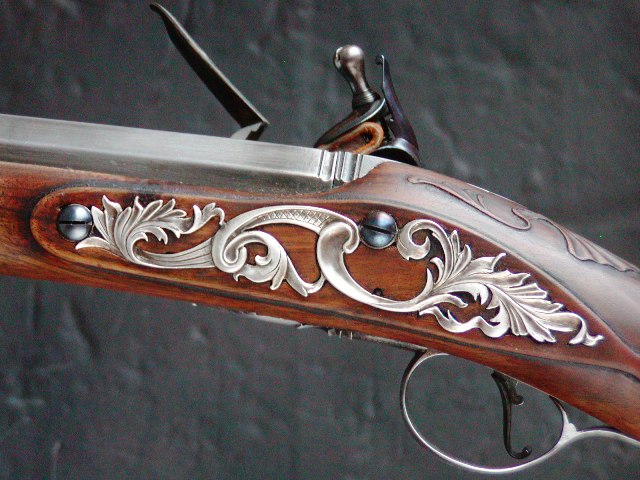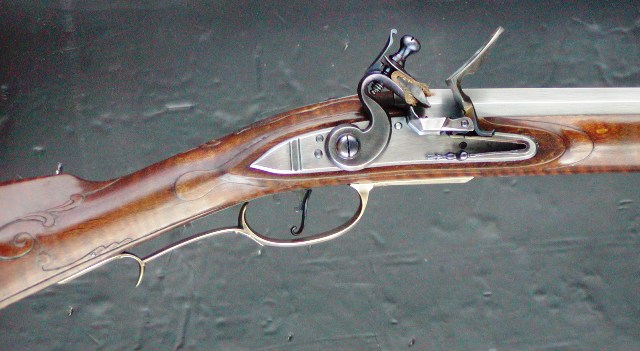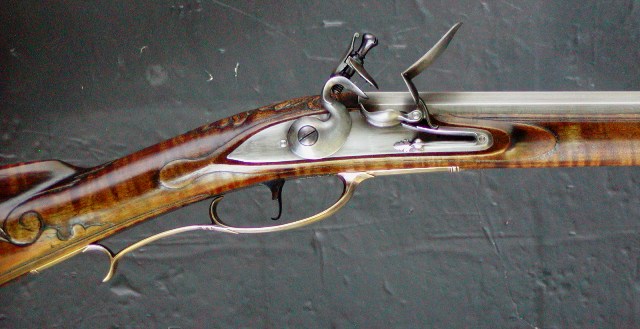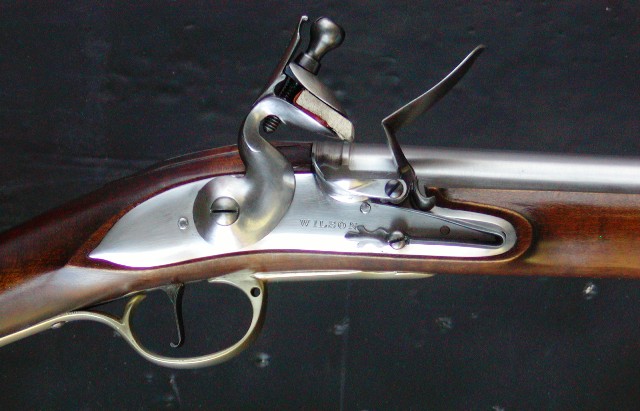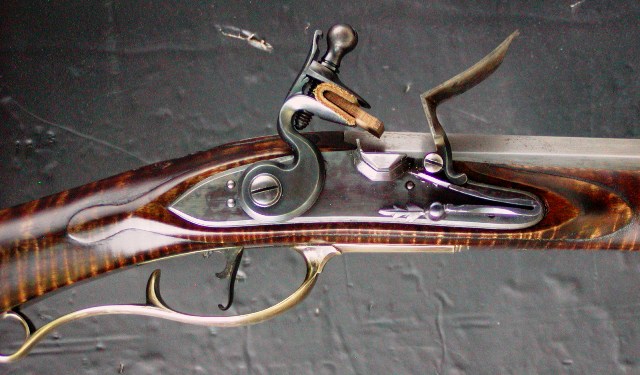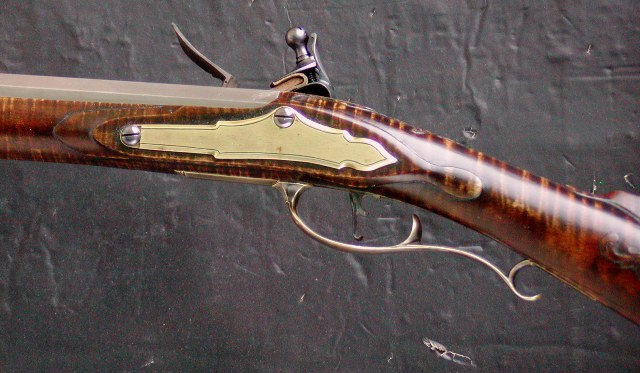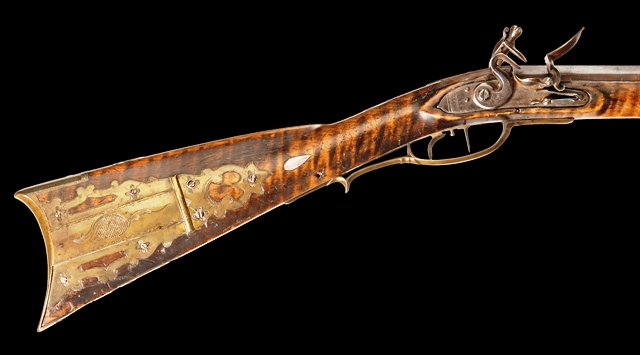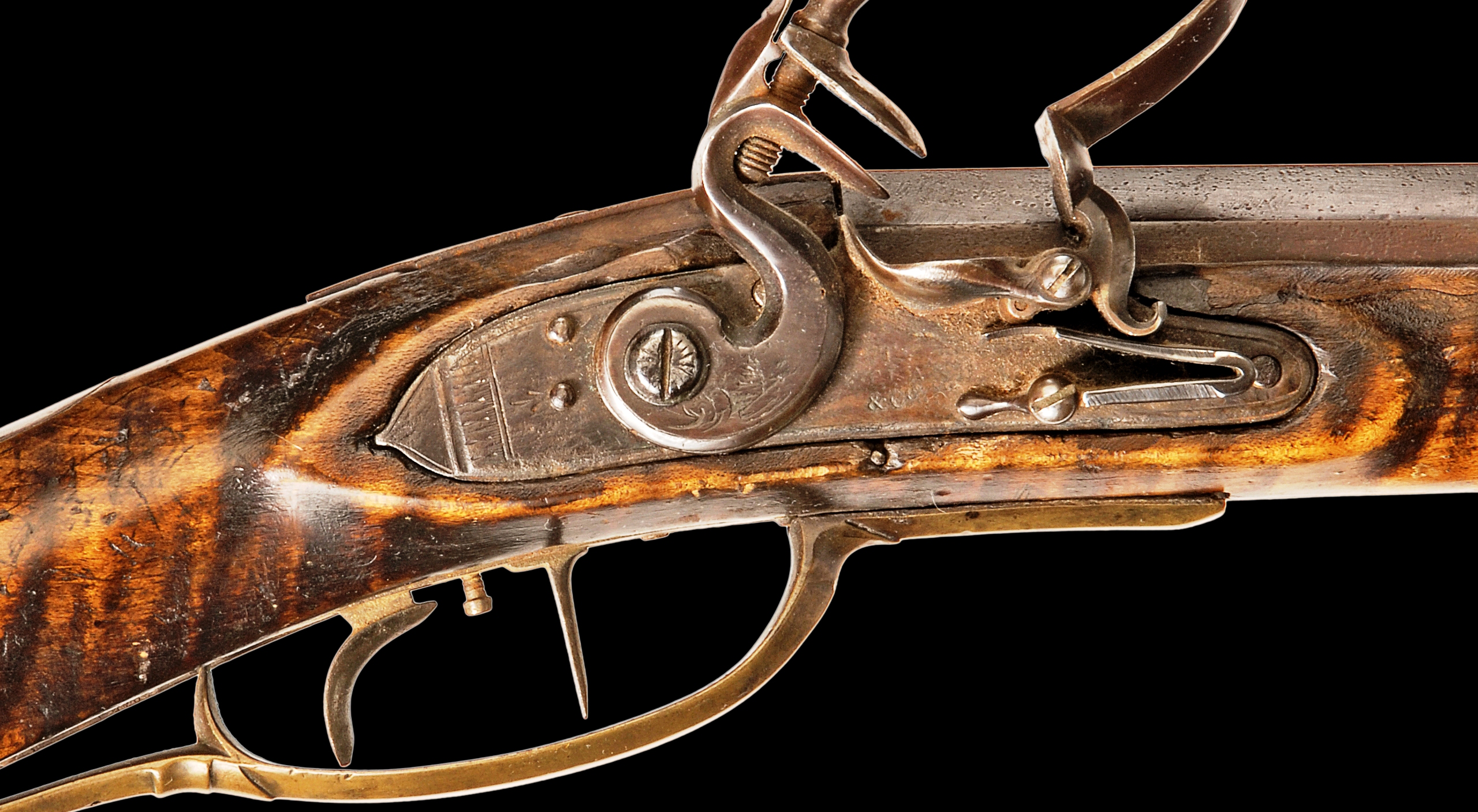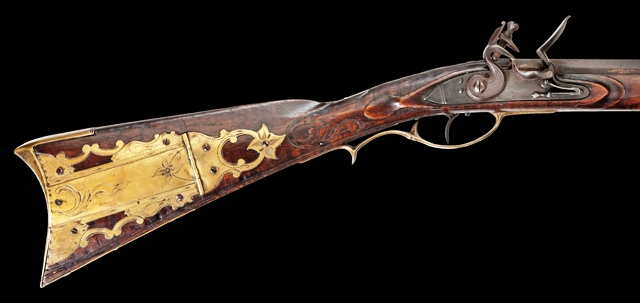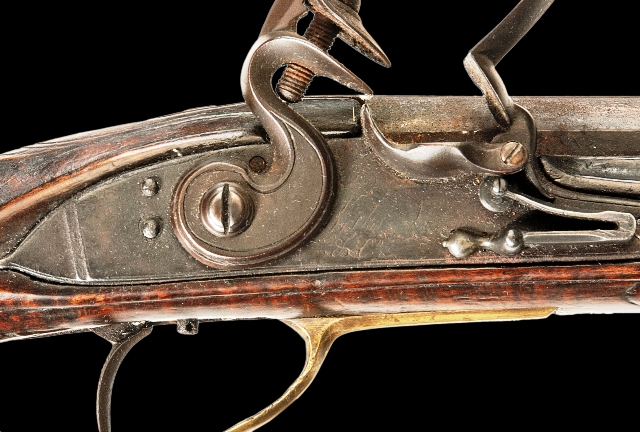After mowing and a little work on the garden I worked on the stock a little on my Virginia build. The area around the lock was pretty long in the front and rear so I doing a little rasp and sandpaper work. When finished the area will be subtle.
My question is do you match the sideplate side to the lock side or do you make the contour match the sideplate?
Lock side
.

Sideplate side with a rough sketch of the lock side. The outer lines are traced along the current edge of the relief.

My question is do you match the sideplate side to the lock side or do you make the contour match the sideplate?
Lock side
.

Sideplate side with a rough sketch of the lock side. The outer lines are traced along the current edge of the relief.









